Filled with smooth music and comfortably warm lighting, No Exit’s beginning gives little hint to the tension about to arise. With a deceivingly simple set consisting of only five props, No Exit tells a grim and complex tale about self-deception and identity through three deceased characters, ultimately concluding that the human company is torture itself.
The famous French existentialist Jean-Paul Sartre wrote No Exit during his time in a German prison between 1940 and 1941. Although Nazi censors in the German-occupied Paris allowed little other than German propaganda for entertainment, No Exit managed to sneak by and opened in Paris in 1944. The paranoia and repression in the Nazi regime heavily influenced the dark and suffocating themes in No Exit and Sartre’s existentialism.
No Exit begins with a rigid valet (Hal Knowlton, MCAS ’21) entering a room with three cloth covered furniture pieces and a strange bronze statue to the background of soft jazzy music. The background is made of cold, grey brick and the room has a single, unrelenting door. The valet soon removes the clothes, revealing three ordinary, “hideous” couches that comically mismatch the stony backdrop. The valet matches the harsh setting, dressed in a futuristic grey bodysuit. After the valet cleans the room, he snaps his fingers and the ambiance shifts immediately. The lights become piercingly bright and any comforting background noise is gone. The room adopts a sort of sterility and the silence is almost unbearable. The only times that background music comes back on and the lights relax are when the characters see Earth, as no such humanity exists in the room.
The characters, Garcin (Grant Whitney, MCAS ’21), Inez (Nicole Hayes, MCAS ’20), and Estelle (Isabel Litterst, MCAS ’21) enter the room one by one. The setting and the characters both remain mysterious with only subtle clues to their identities, but the characters soon note that the lights never turn off and no mirrors are found anywhere in the room. The valet cruelly teases that the doorbell to summon him might not always work, leaving the members to no one but themselves in the room. The audience slowly discovers that Garcin was a journalist from Rio de Janeiro, Inez was a postal clerk, and Estelle was a trophy wife in Paris. The setting of the play is also slowly revealed to be hell, and all the characters are in fact, dead.
Garcin and Estelle quickly tell a complete version of their stories—Garcin declaring himself a pacifist hero who was shot for refusing service and Estelle painting herself as a dedicated wife who refused to run away with her true love, while Inez looks on wryly. Estelle is especially spirited, certain that a bureaucratic mistake had been made as she should not be “here.” The characters soon realize that their punishment is each other, and they make a pact to stay on their own sofas and make no noise, but conflict soon arises. They can sometimes see what happens on Earth, but slowly that connection fades and they become even more restless.
It also becomes evident that no one is in Hell by mistake, as each of them had committed unforgivable atrocities. The characters wonder about their own self-identity and try to latch onto each other to find some evidence of existence. They try to get reassurance from each other to find some semblance of their past pride. They grasp onto each other but also push each other away. The number three is extremely deliberate, as whenever two members seemed to have found solace in each other, the other always intercepts and plunges the room into despair once more. The characters act as perfect torturers and the play becomes more and more disturbing. Even more haunting is the valet’s silent appearance around the set. If audience members turned away from the stage, they could sometimes spot the unblinking valet intently watching the room along the audience, satisfied at the chaos within.
Nicole Hayes especially shined in her portrayal of Inez, a lesbian postal clerk who had died from the gas oven. Inez was deeply disturbing—sometimes seeming the most reasonable, while other times hysterical. Inez is the only character out of the three to accept her wickedness from the beginning, calling herself a “damned bitch” and acting unsurprised at her place in hell. Inez is the most astute of the characters not only because she recognizes her own circumstance, however, but because she also sees through the self-deception of the other two. She interrupts their willful self-delusion and forces them all to face themselves in their viciousness. Hayes made the character come alive, as the audience felt both disgust and pity for Inez, becoming a complex and spiteful character that tormented not only the others but herself as well.
No Exit is perfectly absurd, as the most intense anguish arises from the most quotidian scene. Leaving three people in a room together is hellish enough. Hell as Jean-Paul Sartre pictures is not a torture chamber, or grueling physical punishments. Hell is living with a self that you cannot see and slowly realizing that your connection to Earth is fading away, as people move on with their lives and stop thinking about you. Most of all, hell is other people. Because there are others, the characters try to find validation from each other. Because there are others, they taunt and spite each other. Because there are others, they constantly guess at the others’ judgments and can never achieve peace.
Hell is not fire and brimstone, or eternal torture at the hands of a demon with cloven feet. Hell is a drawing room with two other people and an eternity to spare.
Featured Image by Kristin Saleski / Heights Staff

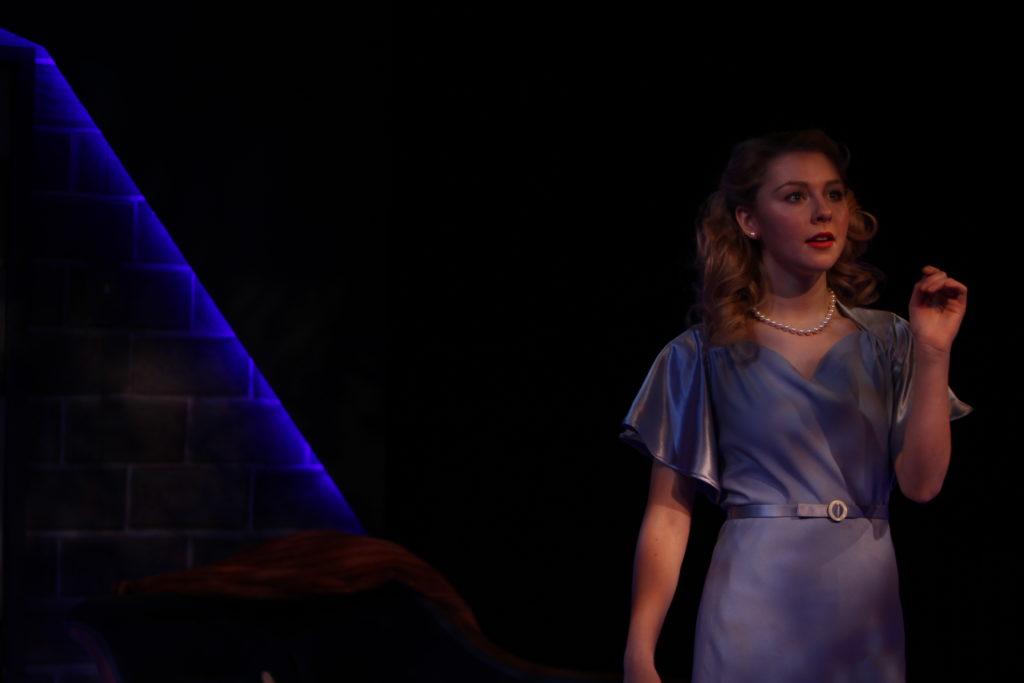
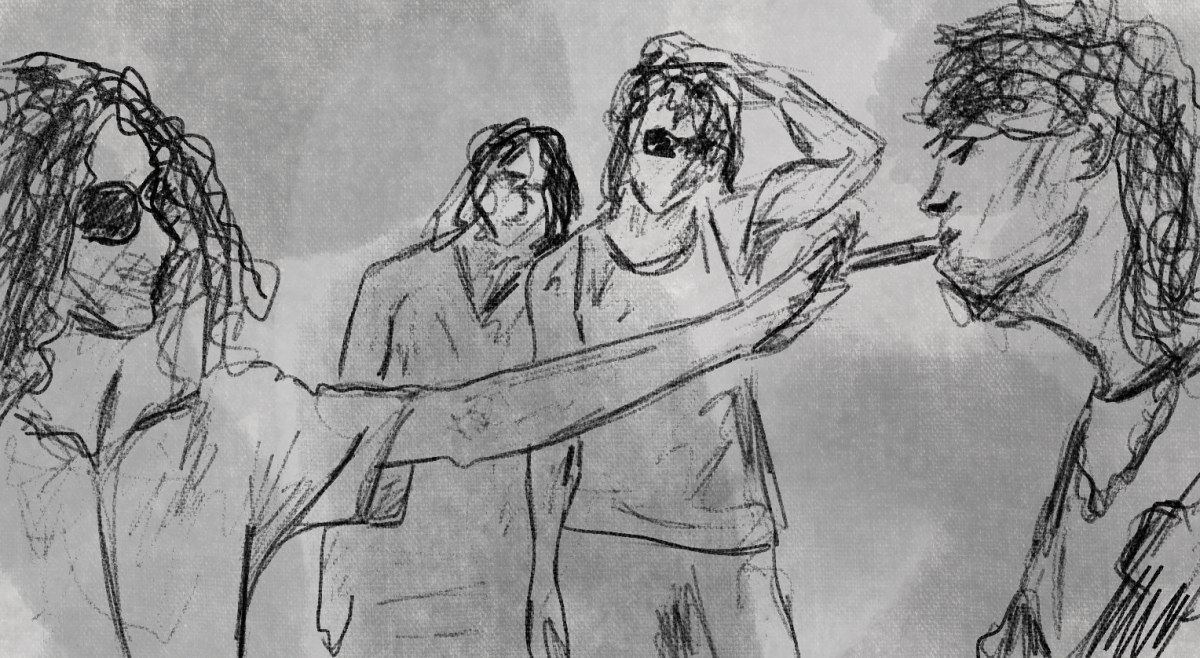


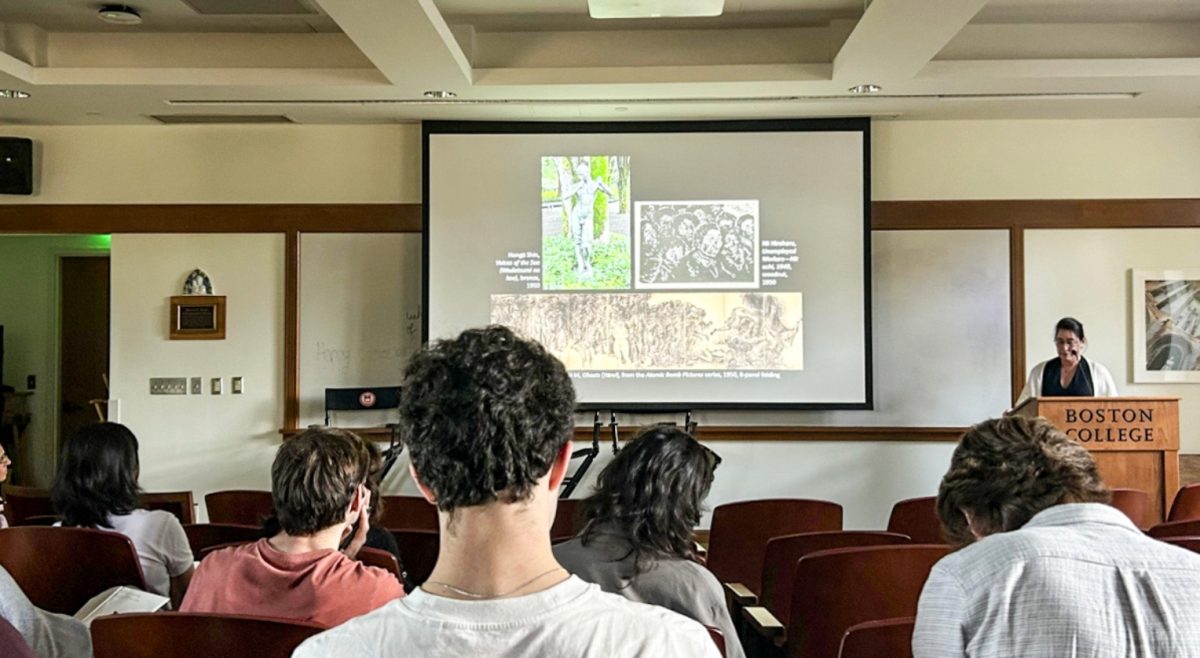
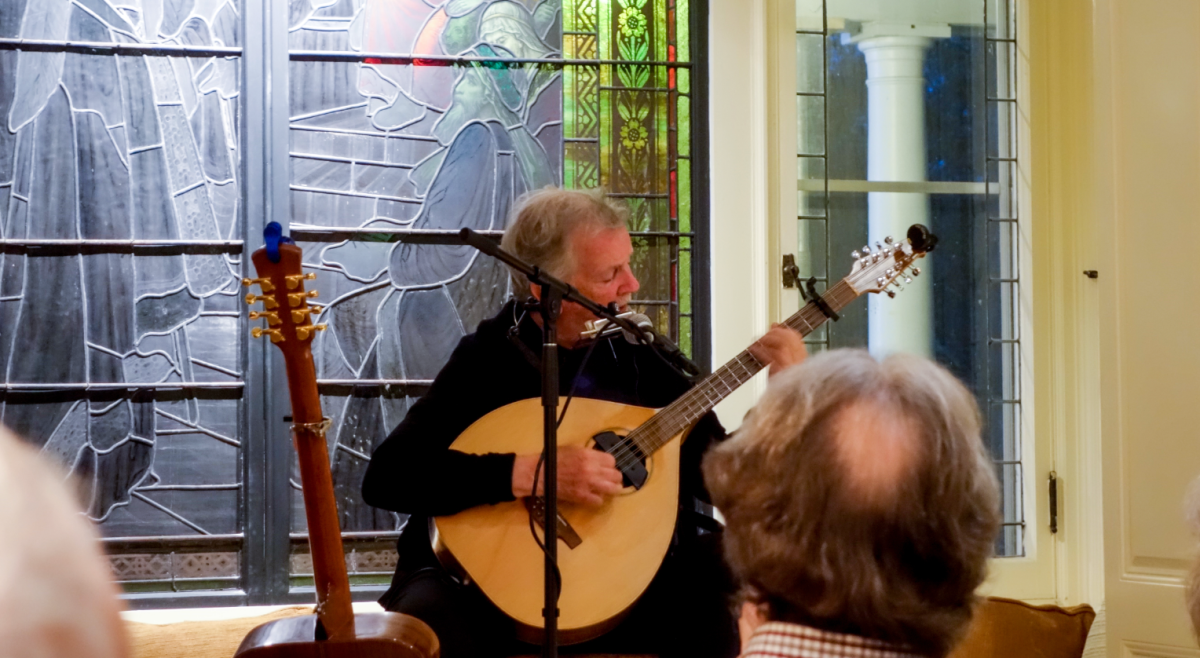


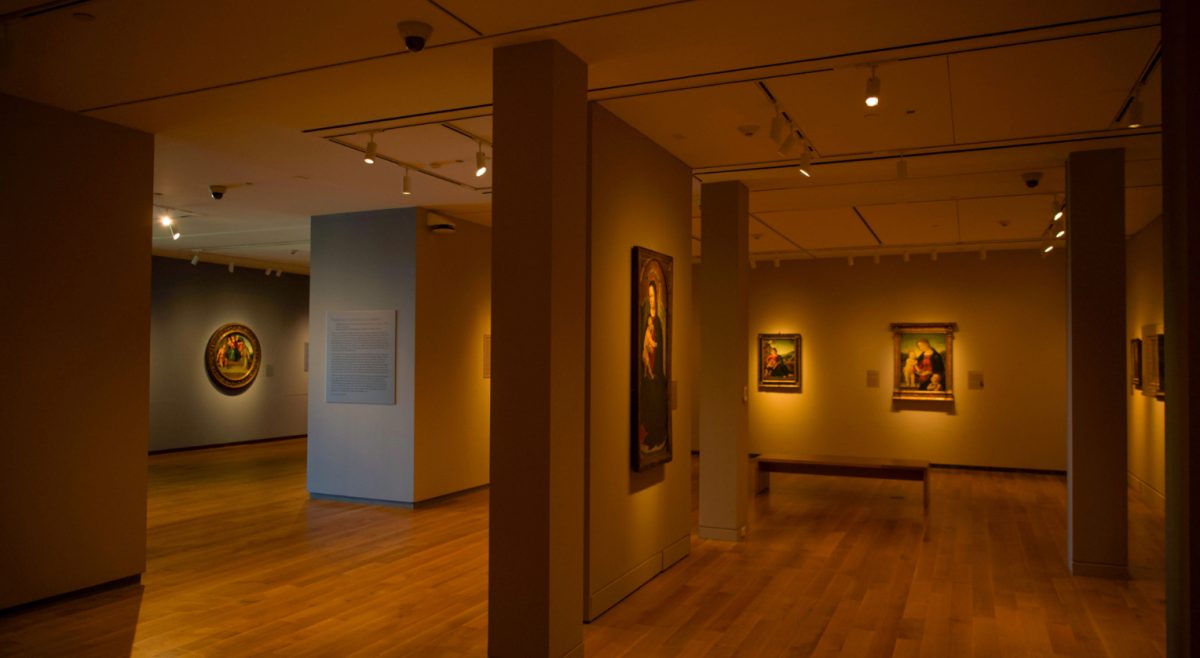
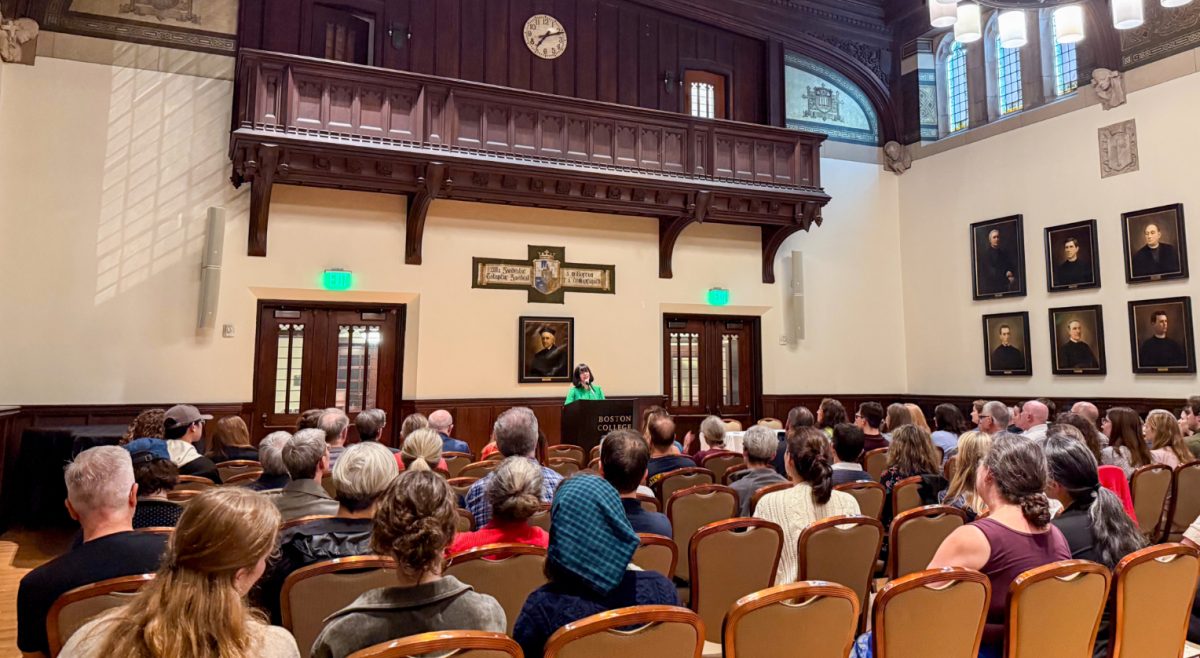



Ann Nonymous • Jan 29, 2018 at 7:10 pm
Why did you bother to see this play? Why the hell would I want to see a play where the characters are deplorable and they are held hostage for no good reason? I am so glad I didn’t waste my time and money on this craptastic performance. Fortunately, I was at the Celtics-Warriors game this past weekend and it was AWESOME! I found that performance much more entertaining than a stupid college production of a horrible play. Don’t bother seeing theater productions on college campuses. Most of the time the story is gay, boring and sometimes hard to follow and the overall performance is artsy-fartsy bullshit. Some people have a liking for these kinds of things though, so I’ll be generous here and say that you’ll only know what you think of it until you go to one or two of them. Theatre kids are too into their shit for it to click in their minds that most college kids would rather party with their friends and have a good time on the weekends than sit through a mediocre rendition of Rent. They just don’t get it. The theatre is their social life. That’s what ‘fun’ is for them. Personally, NOVA specials, National Geographic Specials, sporting events, movies, TV shows, awards shows, and political rallies are much more entertaining than a play.